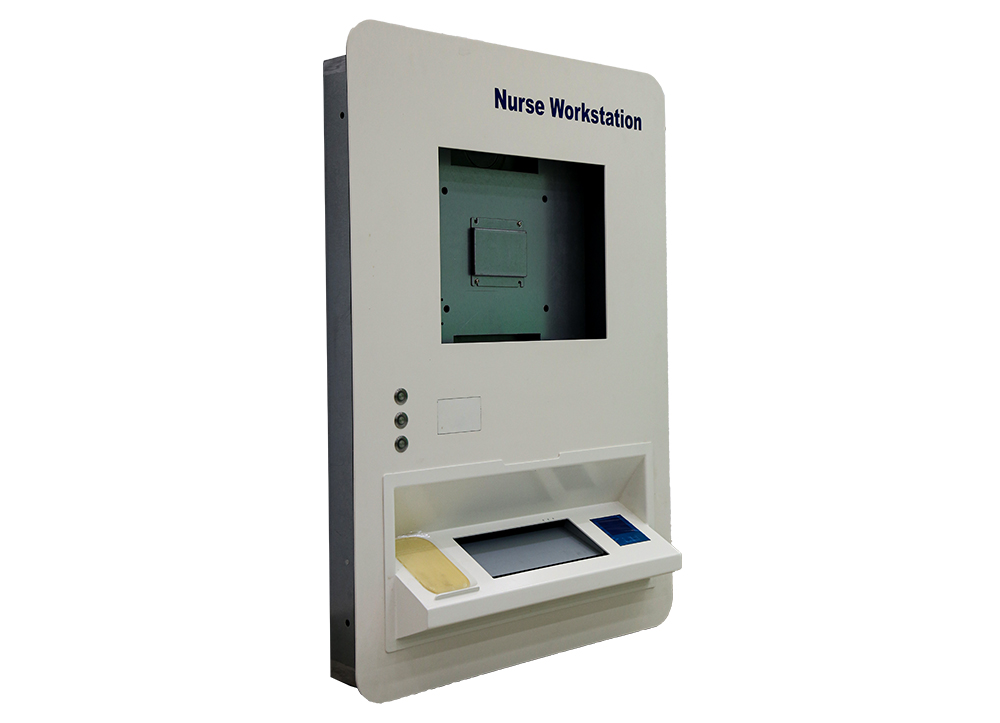Time:2023-08-10 Preview:
During the machining process, the factors that affect the surface quality of the workpiece include cutting conditions, cutting speed conditions, cutting speed, and grinding processing. The following are three aspects of machining mechanical parts.
1. The influence of cutting conditions on mechanical processing.
Generally speaking, the impact of cutting depth on surface roughness is minimal, so when machining mechanical parts, cutting depth that is too small is not optional. Accelerating the cutting speed of mechanical parts can reduce the scaling and scaling of the parts, and reduce the surface roughness after processing. As the feeding speed increases, the plastic shape increases and the surface roughness increases. Therefore, when the feeding speed decreases, the surface roughness value decreases, but when the feeding amount reaches a certain value, the roughness value does not significantly decrease.

2. The impact of cutting speed on mechanical processing.
For brittle mechanical parts processing materials, there is generally no formation of chips or scales, so the cutting speed basically does not affect the surface roughness. Usually, low-speed turning is chosen for rough machining, while high-speed turning can be used to reduce surface roughness. When cutting plastic materials at medium speed, it is easy to cause chips and large plastic deformation. Therefore, the surface roughness of mechanical parts after processing is relatively high, and plastic materials are usually cut at low or high speeds, which can effectively avoid the generation of chips and reduce surface and fine roughness.
3. The impact of mechanical parts grinding processing.
With the improvement of repair quality and the increase in the number of micro cutting edges on the grinding wheel surface, the contour performance of each cutting micro edge is better, and the grinding surface roughness is smaller, which has a smaller impact on the machining quality of mechanical parts. The smaller the particle size, the more abrasive particles per unit area, the finer the scratches on the grinding surface, and the smaller the surface roughness; But if the particle size is too small, the grinding wheel is prone to clogging during the machining process of mechanical parts, increasing surface roughness, and also prone to ripples and burns. The surface hardness of the grinding wheel should be appropriate, and the longer the semi passivation time, the better. The high hardness of the grinding wheel makes it difficult for the abrasive particles to fall off during the grinding process, exacerbating the friction and compression of mechanical parts on the machining surface, thereby increasing plastic deformation, surface roughness, and easily causing burns. But if the grinding wheel is too soft and the abrasive particles are too easy to fall off, it will weaken the grinding effect and increase the surface roughness of the machining. Therefore, appropriate grinding wheel hardness should be selected.
 Related News
Related News·Analysis and elimination of common faults in high-speed electric spindle ·CNC industry application ·Precision hardware processing level inlet knowledge points ·What is non -marked parts ·How to eliminate the stress problem of metal die casting die? ·The role of digital servo system ·Structural characteristics of horizontal processing center ·How to choose a suitable engraving machine in practical applications ·What is the reason for the deformation of CNC high -precision parts ·Tool setting and tool changing for machining center processing


